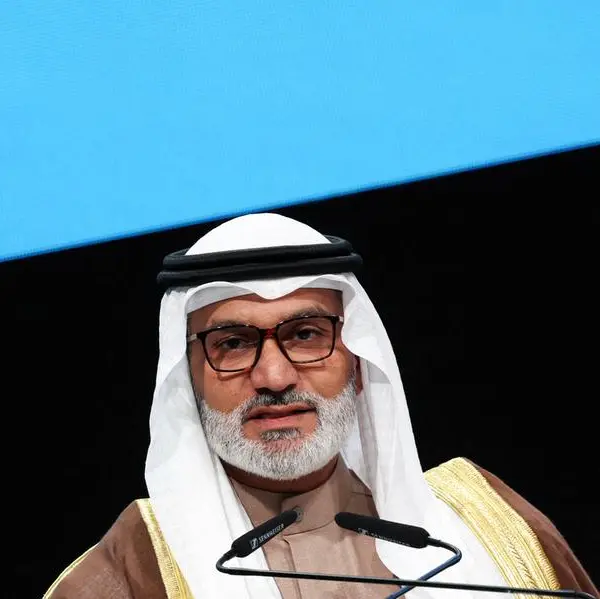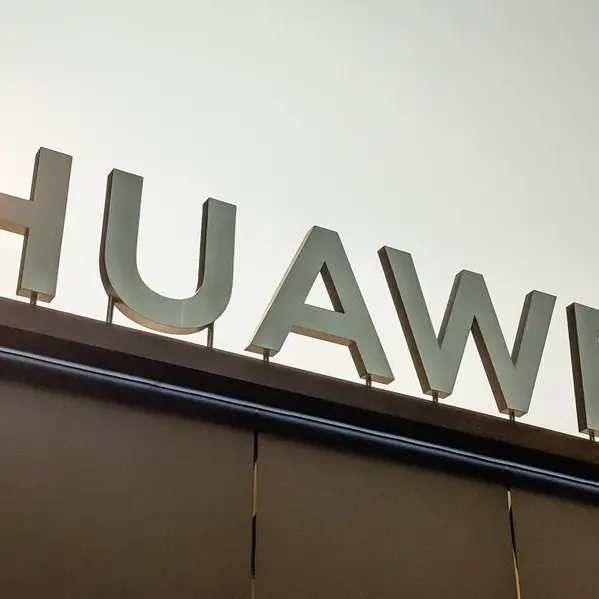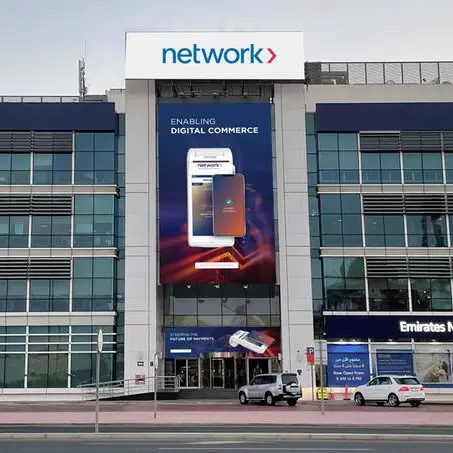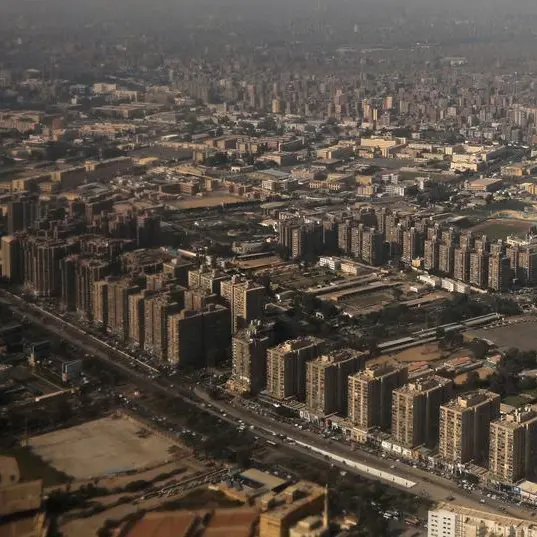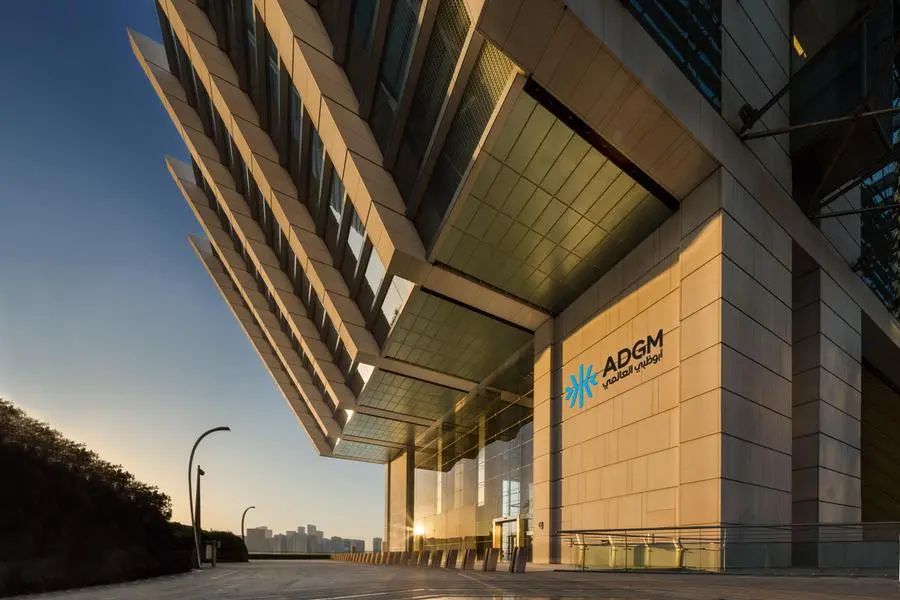PHOTO
Image used for illustrative purpose. Jazeera Airways Adds Mumbai to its Growing India Network
MUMBAI, (Reuters Breakingviews) - India’s Bollygarchs have a long way to fall. The country’s growth and economic reforms over the past two decades have spawned a new class of super-rich. Many tycoons learned how to navigate the corridors of power to advance their business interests and feed their extravagant lifestyles. Now the free-wheeling days are over as the rules of doing business in Asia’s third-largest economy rapidly change under Prime Minister Narendra Modi.
A series of jarring corruption scandals under the previous administration, which was kicked out of power in 2014, left Indians craving good governance. The growth has also helped spawn extraordinary inequality. Economist Thomas Piketty notes that the share of Indian national income held by the top one percent of earners is at its highest level since tax records began in 1922. India now has more billionaires than any other country except America, China, and Russia.
Will Indian cronyism descend into a Russian oligarchy or give way to a U.S.-style progressive era? That’s one of the questions James Crabtree reflects on in “The Billionaire Raj: A Journey Through India’s Gilded Age”. American growth spawned robber barons known for their unethical tactics and vulgar displays of wealth. Some eventually morphed into respectable dynasties like the Carnegies and Rockefellers, while the period that followed reversed much of the inequality. Though the analogy with India is not new Crabtree, a former Financial Times journalist who is now an associate professor at the National University of Singapore, dangles it at a timely moment.
The book’s main contribution, though, is its vivid portraits of the wealthy. The author recalls being told of lifts filled with live butterflies at one event at the opulent Mumbai residence of Mukesh Ambani, India’s richest man. Such extravagance is daring in a metropolis teeming with the poor and destitute.
The oil tycoon, unlike many of his peers, has avoided running into trouble with banks that are no longer willing to roll over questionable loans. Ambani has already partly reinvented himself as a champion of the masses by offering free voice calls and cheap data on his Reliance Jio mobile network.
Others have been less nimble. Disgraced beer baron Vijay Mallya can still enjoy a gold toilet seat complete with gold paper-holder in his London home. But he spends most of his time fighting India’s attempts to extradite him to face charges of fraud and unpaid loans. The one-time parliamentarian’s flamboyant lifestyle and decision to flee to London in 2016 have turned him into the poster boy for India’s bad debt problem.
The national fight against tycoons has also produced unlikely heroes. These include the soft-spoken Ashish Gupta, head of India equity research at Credit Suisse, whose famous “House of Debt” note in 2012 showed that just ten companies owed more than one-eighth of the country’s total bank debt. The report helped force New Delhi and the Reserve Bank of India to investigate, and eventually acknowledge the $150 billion of problem loans clogging up lenders’ balance sheets.
As Crabtree recounts trips on luxury private jets to meet some of these chastened figures, he strikes a sympathetic tone for tycoons who thrived as the country liberalised, learning how to work with Kafkaesque state rules, only to get burned as politicians and then lenders came under pressure to cut corruption. India’s financial elite now fear a witch hunt and mourn the hard times of friends who are in trouble for doing business as it was once done.
The tangle between companies and power runs deep, and many politicians are little better than the tycoons who bankroll their expensive elections. Modi’s government has a reputation for fighting graft. Even so, the New Delhi Centre for Media Studies reckons the next general election, due to be held by early 2019, will cost almost twice the $5 billion spent on the 2014 poll. Indian journalist Kaushik Deta reckons about four-fifths of the funds spent in the last election were unaccounted for in the official estimate of expenses.
It is perhaps a reflection of how fast India is changing that “The Billionaire Raj” gives scant recognition of recent steps to hold tycoons to account. Modi’s government gets little credit for the country’s landmark bankruptcy law, passed in 2016, which shifted power from borrowers to creditors. The 2017 introduction of a nationwide levy on goods and services - another big overhaul that will help squash corruption - doesn’t get much play either.
Crabtree deserves credit for delving deep into cronyism, one of the most critical issues in India today. With much space devoted to detours into communal riots and rising religious tensions, however, he doesn’t quite deliver what he promises will be “an optimistic story”.
CONTEXT NEWS
- “The Billionaire Raj, A Journey Through India’s Gilded Age”, by James Crabtree, was published by Oneworld on July 5.
(Editing by Peter Thal Larsen and Katrina Hamlin)
© Reuters News 2018

